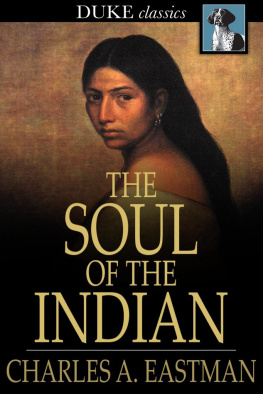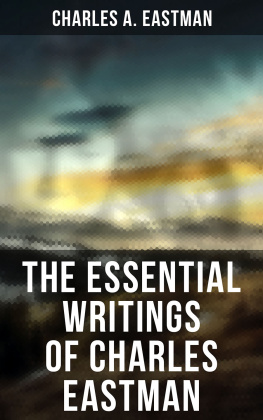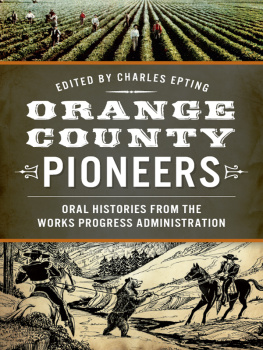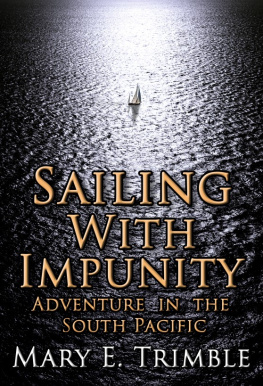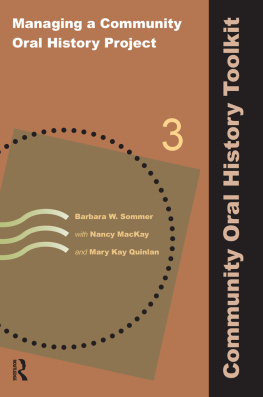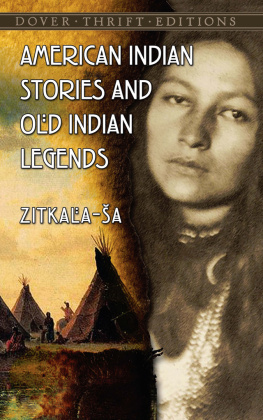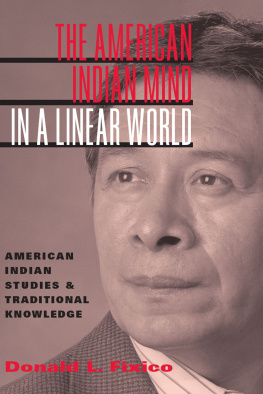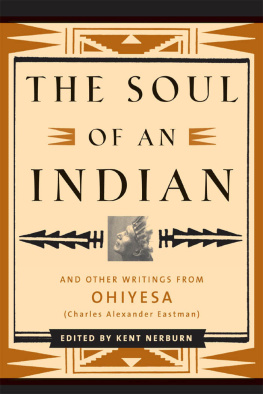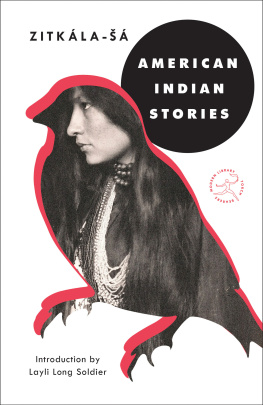The American Indian Oral History Manual
The American Indian Oral History Manual
Making Many Voices Heard
Charles E. Trimble
Barbara W. Sommer
Mary Kay Quinlan
First published 2008 by Left Coast Press, Inc.
Published 2016 by Routledge
2 Park Square, Milton Park, Abingdon, Oxon OX14 4RN
711 Third Avenue, New York, NY 10017, USA
Routledge is an imprint of the Taylor & Francis Group, an informa business
Copyright 2008 Taylor & Francis
All rights reserved. No part of this book may be reprinted or reproduced or utilised in any form or by any electronic, mechanical, or other means, now known or hereafter invented, including photocopying and recording, or in any information storage or retrieval system, without permission in writing from the publishers.
Notice:
Product or corporate names may be trademarks or registered trademarks, and are used only for identification and explanation without intent to infringe.
Library of Congress Cataloging-in-Publication Data
Trimble, Charles E.
The American Indian oral history manual: making many voices heard / Charles E. Trimble, Barbara W. Sommer, and Mary Kay Quinlan.
p. cm.
Includes bibliographical references and index.
ISBN 978-1-59874-147-6 (hardcover: alk. paper) -- ISBN 978-1-59874-148-3
(pbk.: alk. paper)
1. Oral history--Study and teaching. 2. Oral history--Methodology. 3.
Interviewing--Study and teaching. 4. Indians of North America--Research. I. Sommer, Barbara W. II. Quinlan, Mary Kay. III. Title.
D16.14.T75 2008
970.00497--dc22
2008038841
Text design and Production by
Lisa Devenish, Devenish Design
Cover design by Andrew Brozyna
ISBN 13: 978-1-59874-148-3 (pbk)
Thomas D. Peacock recently edited A Forever Story: The People and Community of the Fond du Lac Reservation. Emphasizing the need to tell the story of his people, he titled his preface Across the earth everywhere making my voice heard. We as authors hope this oral history manual can help make many voices heard.
We want to thank the National Historical Publications and Records Commission of the National Archives and Records Administration for project funding that led to development of this manual. Thanks also to the Nebraska Foundation for the Preservation of Oral History for project support. Funding of the original project also was provided by the College of Arts and Sciences at The University of South Dakota, the John F. Lindley Endowment, and the Dakota Indian Foundation, Chamberlain, South Dakota, through The University of South Dakota Foundation to support research through the Department of American Indian Studies/South Dakota Oral History Center at The University of South Dakota. Funding for the preliminary planning document was provided by the Nebraska Humanities Council, an affiliate of the National Endowment for the Humanities, and from state funds appropriated by the Nebraska Legislature.
We also want to thank all our colleagues who supported development of this manual, including the many who carefully read the manuscript, making thoughtful and helpful comments. And thanks to Jennifer Collier and Lisa Devenish, our editors at Left Coast Press, Inc., for their help in guiding the manuscript to publication.
Cover Translators
We want to give a special thank-you to the people who provided translations of the subtitle, Making Many Voices Heard, for the cover:
Carmen Chuquin, Quichua, Department of Anthropology, University of Wisconsin, Madison, Wisconsin
Serafn M. Coronel-Molina, Peruvian Ayachucho-Chanka Quechua, Assistant Professor Language Education, School of Education, Indiana University, Bloomington, Indiana
Harold and Diana Green, Palikur, Summer Institute of Linguistics, Dallas, Texas.
Jerome Kills Small, Oglala Lakota, Department of American Indian Studies, The University of South Dakota, Vermillion, South Dakota
Alice S. Saunsoci, Omaha, language teacher, Omaha Tribe, Macy Nebraska
Marva Scott, Tolowa, Program Manager, Smith River Rancheria, Smith River, California.
NOTE
Thomas D. Peacock, ed., A Forever Story: The People and Community of the Fond du Lac Reservation (Cloquet, MN: The Fond du Lac Band of Lake Superior Chippewa, 1998), preface.
We have written this American Indian Oral History Manual for use with oral history projects conducted primarily by and for tribal communities. The guidelines cover basic best practices oral history standards presented in the form of resource information and related project planning questions. We invite tribes and reservation communities to use the manual as a guide for developing projects that meet individual tribal cultural needs and protocols.
Non-Indian tribal or reservation oral history projects also have specialized needs. Non-tribal projects can result from outsider research or other work that may not be of the tribes design or choosing. Or they can result from the need for funding. When outsiders are involved, a tribe may not be in control of project planning or of disposition of the final results. The relationship of narrator to interviewer, the position of outsiders, and an understanding of the nuances of cross-cultural interviewing also are factors in these situations. Use of the manual guidelines can help to identify and clarify the many complex questions that can arise in such situations.
Federal funding is another factor in American Indian oral history. Federally funded American Indian oral history projects involve specific challenges related to collecting information in a publicly funded environment and protocols for government-to-government work that are beyond the scope of the manual. The use of federal funds often helps support the collection of oral history information that cannot be accomplished with tribal funding alone; the National Park Service Sand Creek Massacre Site Oral History Project discussed in
We understand that limitations of time and money affect doing oral history. Rarely do projects have full, or perhaps even adequate, funding. We hope that the guidelines in this manual serve as a road map for developing projects that face the reality of need that is greater than available funding. The guidelines are not meant to set the bar unreasonably high but to provide a comprehensive overview that can be used to make informed oral history project decisions.
Finally, a note about the terms used in the manual. American Indian includes multiple tribes and cultures, as do Indian, nationals, Native, indigenous, or, in Canada, First Nations. The term Native American came into common use during the Indian rights movement of the 1970s. All these terms are used in the manual. When referring to a specific tribe, tribal or cultural names are used.








